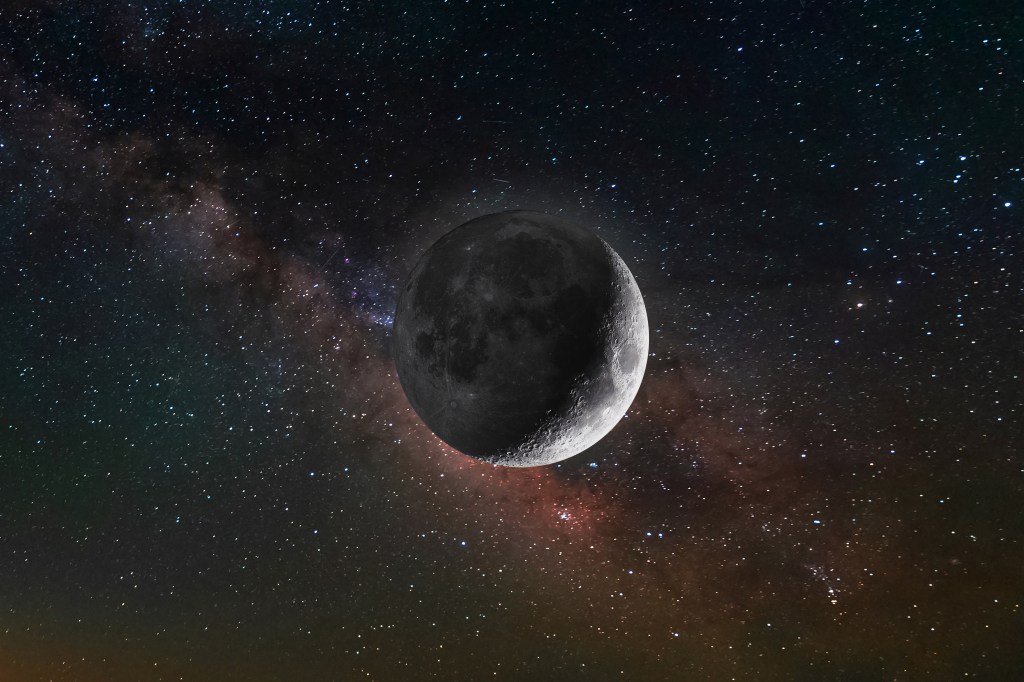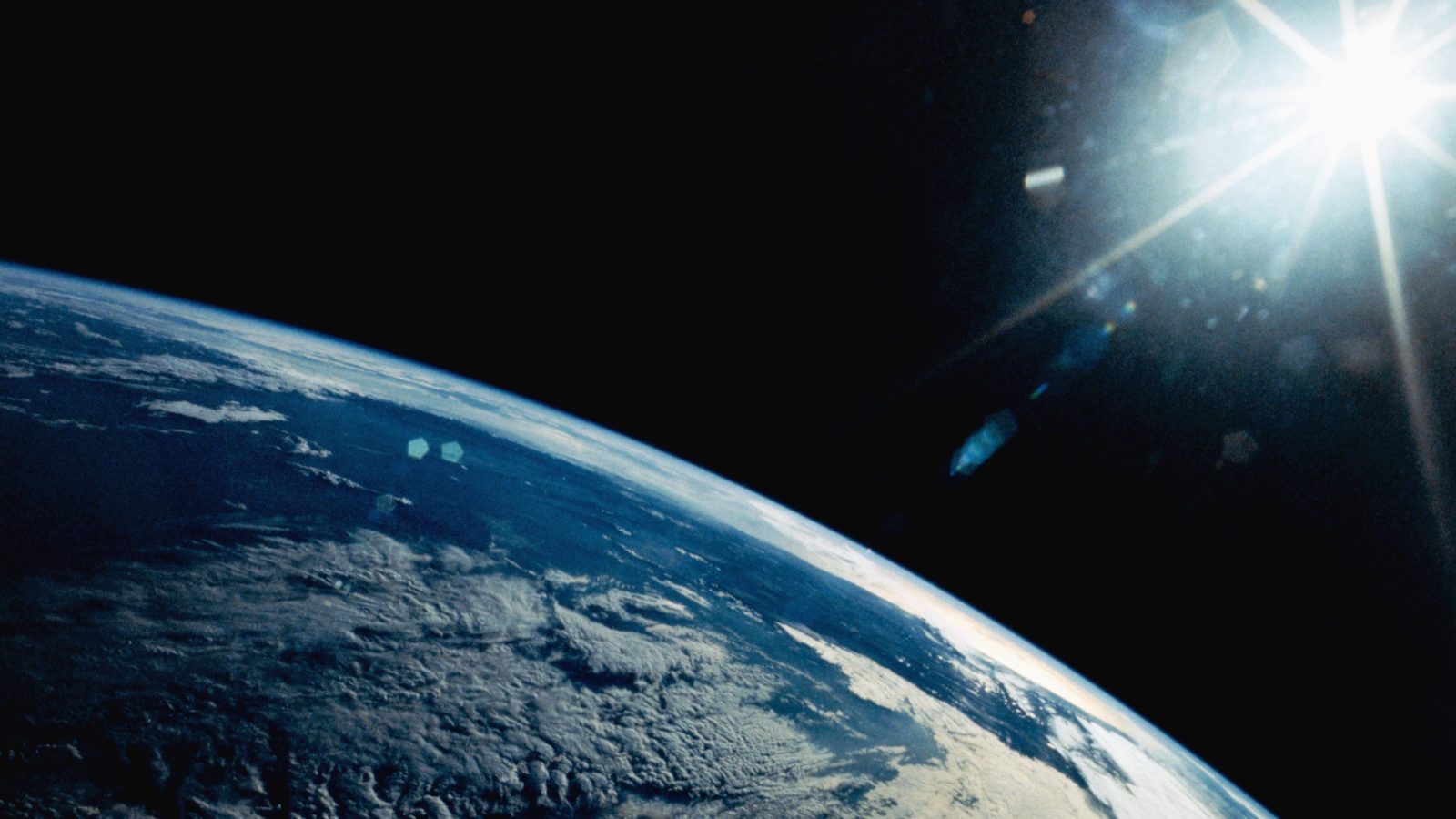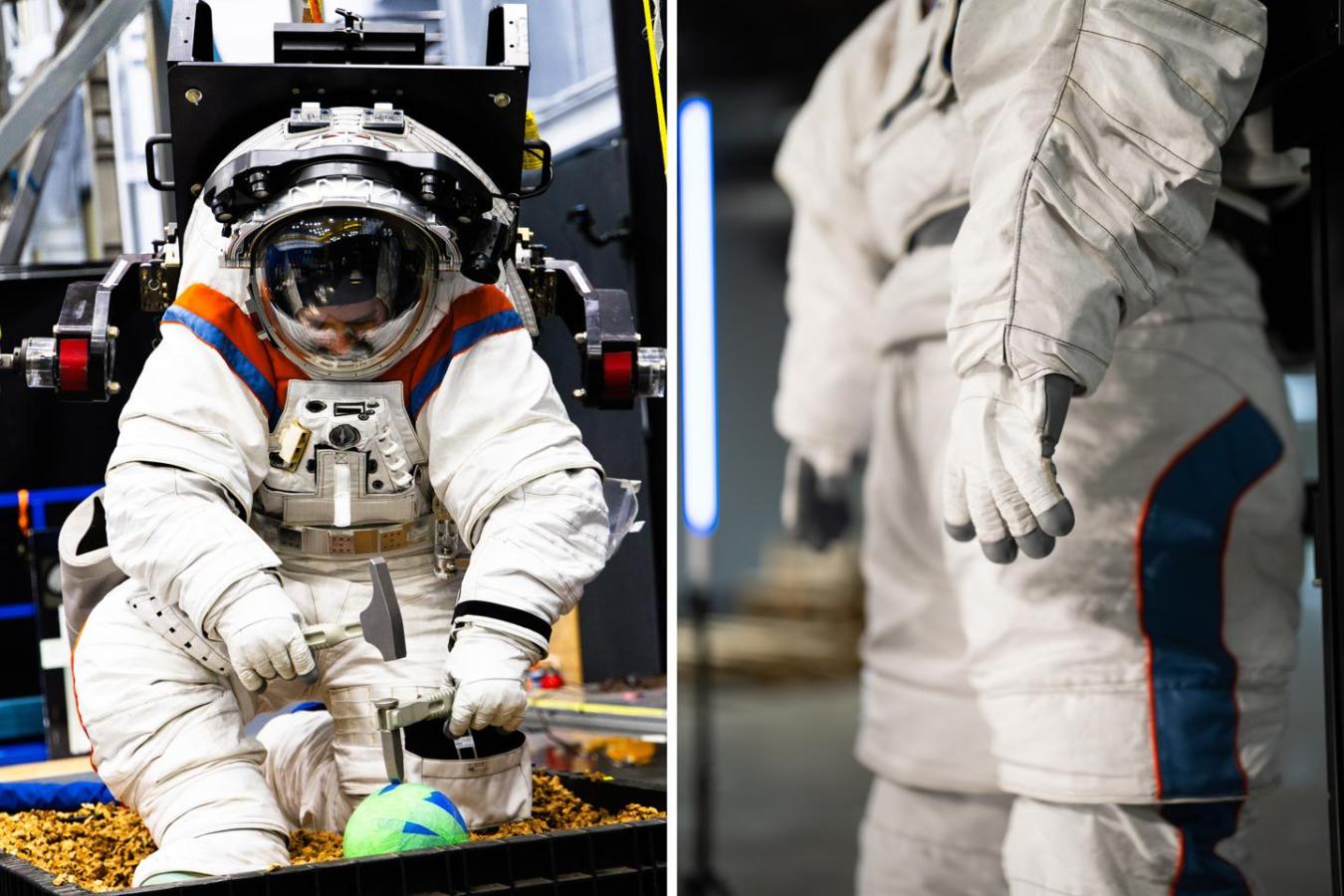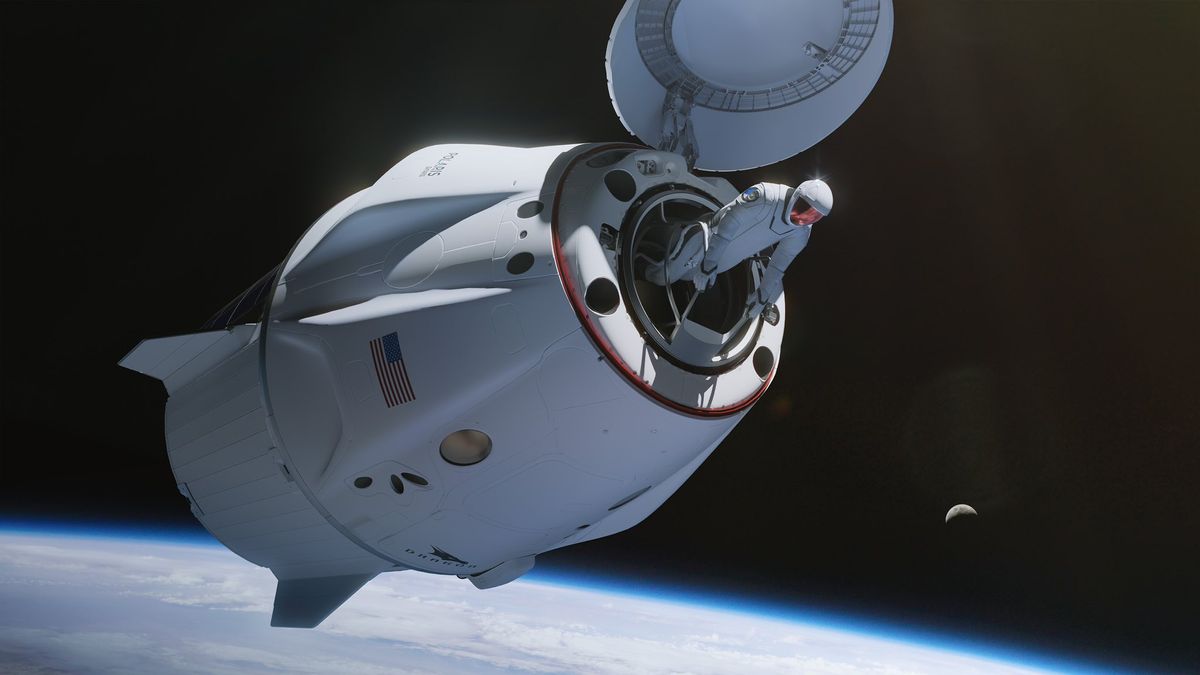Earth is about to gain a temporary second moon. While this “mini moon” won’t be visible to the naked eye, the Australian desert could the perfect backdrop for stargazers hoping to spot it with the right equipment.

Key Takeaways
- A small asteroid, named 2024 PT5, will orbit Earth as a second moon from September 29 to November 25, 2024.
- You won’t be able to see it without a high-powered telescope, so head to an observatory or find a friend with some serious stargazing gear.
- Australia’s remote desert regions are your best bet for a clear view of the night sky, far away from city lights.
What’s happening?
From the end of September, a tiny asteroid called 2024 PT5 will get caught in Earth’s gravitational pull and temporarily join our moon in orbit. It’s a rare event, known as a mini moon, but unlike the one you’re used to, this little rock won’t light up the night sky.
Crucial Quote
“The object that is going to pay us a visit belongs to the Arjuna asteroid belt, a secondary asteroid belt made of space rocks that follow orbits very similar to that of Earth,” Carlos de la Fuente Marcos, a professor at Universidad Complutense de Madrid and the lead author of the research, told Space.com.
What’s a mini moon, anyway?
When asteroids get close enough to Earth and move at just the right speed, they can be captured by our planet’s gravity, turning them into temporary moons. They don’t stick around for long, though. 2024 PT5, for example, will only be in orbit for a couple of months before heading back into space.
Where to see it?
You’re going to need more than just good eyesight. The mini moon is too small and dim to be seen without a professional telescope. If you’re serious about spotting it, your best option is to visit an observatory with the right equipment.
Surprising Fact
2024 PT5 might not just be a random space rock—it could actually be a piece of our own moon, flung into space during an ancient collision.


